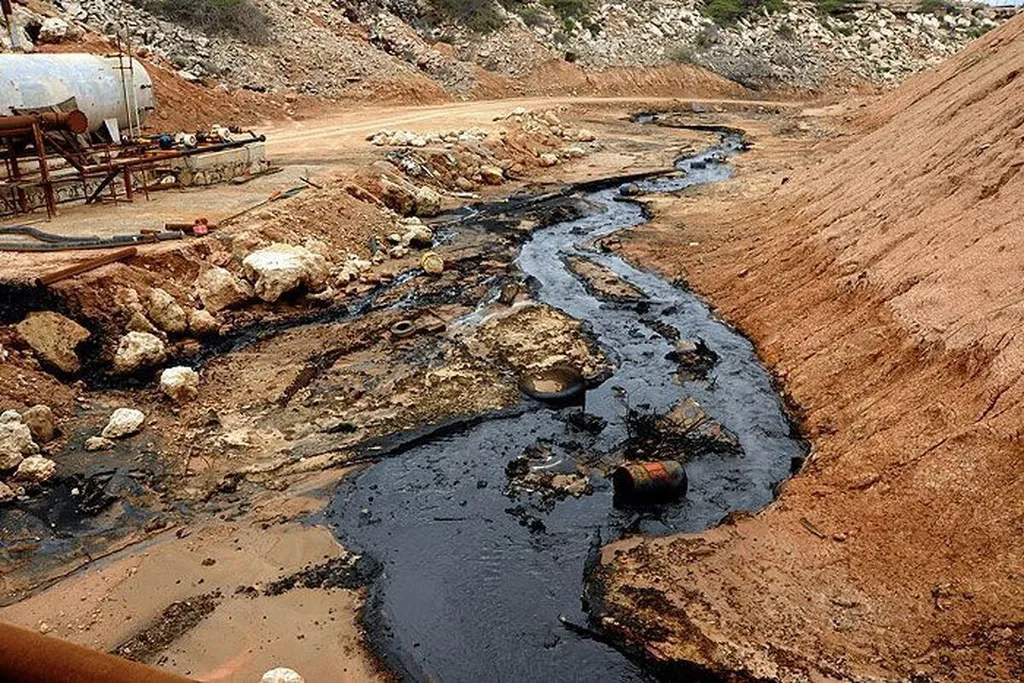In the heart of Iran, researchers are tackling a pressing issue that resonates globally: the durability of oil-contaminated soils. Hadis Nasiri, a civil engineer from the Department of Civil Engineering at the Islamic Azad University in Ahvaz, has been leading a groundbreaking study published in the journal ‘مهندسی عمران شریف’ (Sharif Civil Engineering). The research, focusing on the durability of oil-contaminated soils under wet-dry cycles, promises to revolutionize the way we manage contaminated lands, particularly in the energy sector.
Nasiri’s work is a response to a critical gap in the industry. “While we’ve extensively studied the strength behavior of oil-contaminated soil, we lacked a comprehensive understanding of its durability against wet-dry cycles,” Nasiri explains. This knowledge is crucial for regions with varying weather cycles, where minor surface cracks can escalate into significant structural issues.
The study involved contaminating soil samples with oil at concentrations of 4, 7, and 10%, then stabilizing them with lime and cement at concentrations of 0, 3, 6, and 9%. The results were striking. Samples with 4% oil and 9% cement showed a 42% increase in resistance after six wet-dry cycles compared to similar samples in the third cycle. Moreover, the elasticity modulus of soil with 4% oil and 6% lime was 2.8 times higher in the sixth cycle than in the third.
The implications for the energy sector are substantial. Oil spills, whether accidental or due to extraction processes, can render lands unusable for construction. Nasiri’s research offers a viable solution for stabilizing these soils, making them suitable for secondary access roads and other infrastructure. “This research not only advances our management practices for contaminated soils but also promotes the conservation of natural resources,” Nasiri asserts.
The study also revealed that cement and lime, when used as stabilizing agents, create a denser and more compact structure in oil-contaminated soil. This microstructural analysis, conducted using electron field emission microscopy, provides a deeper understanding of the soil’s behavior at a molecular level.
As the energy sector continues to expand, so does the risk of oil contamination. Nasiri’s research offers a beacon of hope, providing a practical solution for stabilizing contaminated soils and mitigating the environmental impact of oil spills. It’s a significant step forward in the quest for sustainable and resilient infrastructure development.
In the words of Nasiri, “This is not just about managing contaminated soils; it’s about building a more sustainable future.” And with this research, she’s well on her way to making that vision a reality.

